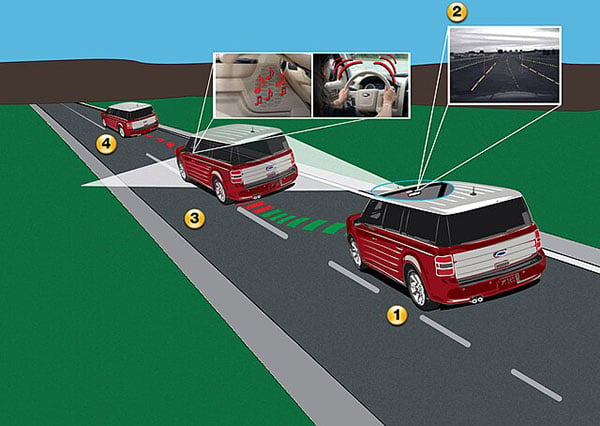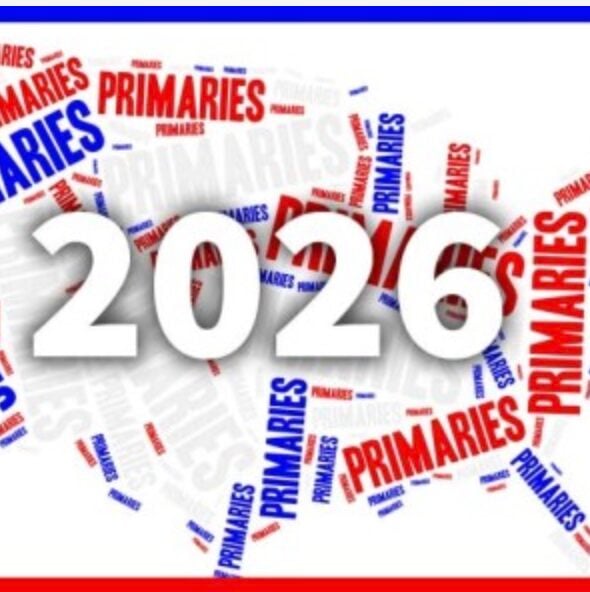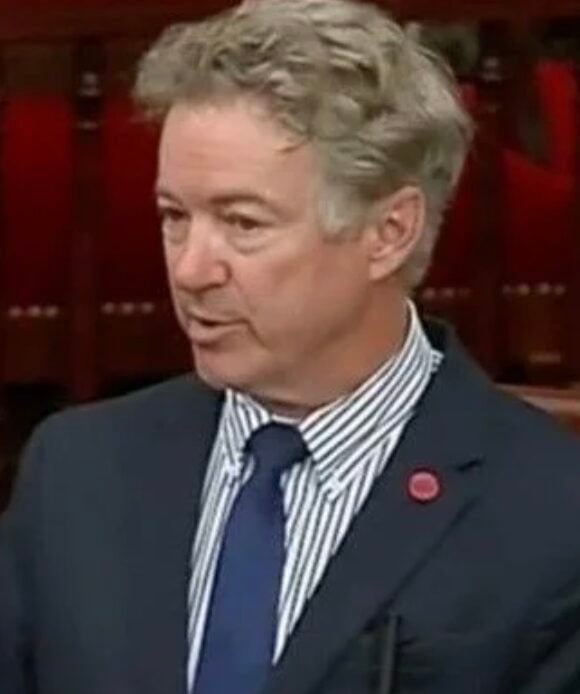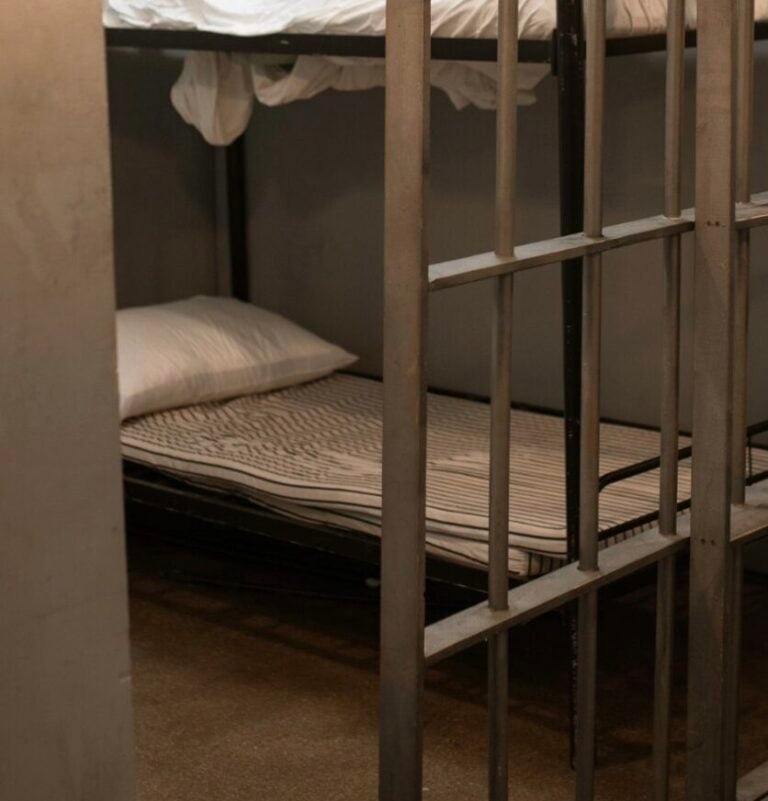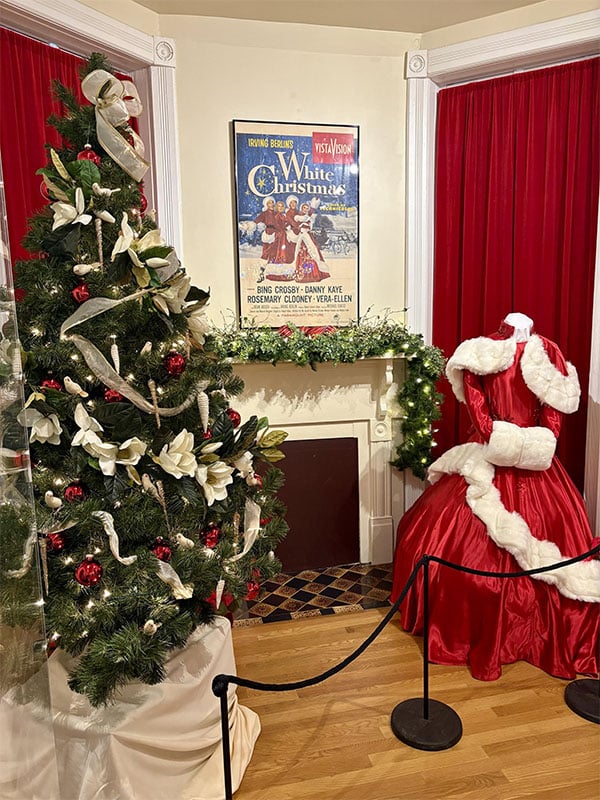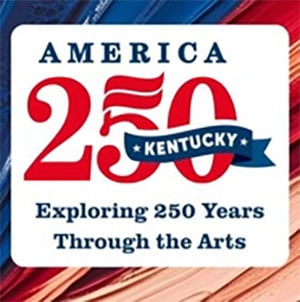Once again our nation has watched some very painful and disturbing videos of two different police encounters which resulted in black men being shot and killed. The incidents later sparked a lethal reaction in Dallas, where 5 police officers were killed and 8 others were injured by a sniper.
Over the past couple of years these types of public and unsettling videos — just or unjust — have stirred a heated national debate. As a risk management and safety professional — and avoiding the politics — I will focus on how to stay safe during an encounter with a police officer.
There are many variables that come into play as to how and why these events occur but it’s important to understand that the majority of police officers will go their entire careers without having to discharge their weapons in the line of duty.

As a white man, however, I am the first to say that I have no concept of the concern and anxiety of the term “Driving While Black.”
I think most white people would acknowledge that this is a real concern and that police officers, right or wrong, have disproportionately stopped too many black men while driving.
I cannot entirely relate to this concern, but I can say that in my broke, youthful college days while driving a couple of different banged up bucket of bolts and rust, I attracted more than my fair share of police attention. One car in particular was a magnet for traffic stops: I was stopped on an average once every 3-4 weeks.
After the first couple of stops, I started despising the fact that I was a target which carried over in my verbal and non-verbal communications with the police. But I quickly learned to change my approach, realizing that how I communicated with the police officer, may have contributed to my fines.
I also recognized that with each encounter, each police officer’s personality and temperament was different. Just like you and me, they are dealing with their own personal issues and professional challenges. In the context of their job, they have likely seen more than their fair share of deviant behaviors, acts of violence, crime scenes and more.
Working in such an environment 8-12 hours a day for a number of years, mixed in with the facing routine encounters with a disrespectful public which has its affect — and perhaps creates cynicism and distrust.
A police officer’s wage doesn’t reflect a lucrative profession and many work second and third jobs to help make ends meet which contributes to stress.
When you couple all these stressors with the fact that a high percentage of police officers today are combat veterans perhaps dealing with poorly managed PTSD, things can turn ugly.
Understanding this is crucial — and the first step toward avoiding a deadly encounter with a police officer.
Despite the fact that they are well armed and trained public servants, they are still human and they have to make a quick threat assessment in any situation.
Knowing that there are more firearms in general circulation today only compounds the challenge for police officers as they try to determine who is and who isn’t dangerous.
While engaging you, a police officer is not only listening to your answers -– but is studying your non-verbal behaviors, watching your hands, observing and cataloging information about your surrounds so that he can remain safe.
To help you prevent a deadly encounter with a police officer, you should follow these suggestions to help keep you safe:
To Get Respect You Have To Give It: Regardless of your age, race or sex the very first word out of your mouth should be the word “Officer” then followed with a pleasant comment of respect. Even if the police officer is aggressive, maintain a level head and stay polite. The term “Officer” means a person who has a position of authority in a hierarchical organization. By acknowledging his or her authority, you are sending the message of respect to the police officer.
First Impressions Are Everything: If it’s dark when you are pulled over by the police, you should immediately turn on the overhead dome light and remove the keys from the ignition and lay them on the dash board, where the officer can see them. This shows that you are not a flight risk to drive away, and by turning on your overhead dome light this shows the police officer that you respect his/her safety enough by showing that you are not a threat.
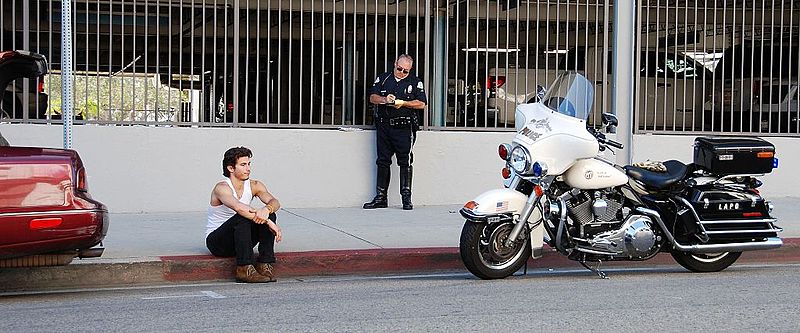
Avoid Sudden Movements In A Vehicle: Just like you would never reach into a moving saw blade, you should never reach into your pocket during a police officer encountered. A police officer will assume the worse and will react with potential lethal force, just as he is trained to do. To avoid sudden movements you should retrieve your wallet and place your driver’s license, registration and proof of insurance on the dash next to the keys, prior to when the officer approaches your car. Such action is a sign of respect and protects you from any misidentified threat of movement while in the vehicle. If instructed to reach into your pocket to retrieve something, do it very slow and methodical.
The Eyes Are the Window to a Person’s Sole: Police officer realizes that you can tell a lot about a person by studying the eyes and hands during an encounter. Just as weather conditions reflect a pending storm, there are usual telltale signs a police officer is looking for that allow him/her to detect a pending threat. So keep your hands in plain view and if you are in a car, place both hands on the steering wheel or out the window and give direct eye contact as the officer approaches. This shows a sign of respect to the police officer’s safety and it will be immediately noted.
Smiles Can Be Infectious: A pleasant and infectious smile can go a long way with deescalate a tense situation with a police officer. So smile and show your appreciate for doing a dangerous job on our behalf, but avoid using humor, as this is not the time. Remain Calm: When stopped by the police, it can be unnerving, but the more nervous you appear, the more the police will think you have something to hide. Remember that less is more and only speak when spoken to.
You Catch More Flies With Honey Than You Do With Vinegar: Despite whether you were right or wrong in being stopped by the police, keep a good attitude and demeanor to help deescalate the situation. A venomous and spiteful attitude sets the tone for the rest of your encounter and nothing good will result from it.
Do The Hokey Pokey If Commanded: If an officer tells you to get out of the car, then you get out of the car. If he tells you get on the ground then you get on the ground. Never resist arrest and never run from the police. You may not know the entire situation you are faced with and may have been mistakenly deemed as a threat. If that is the case it’s in your best interest for the officer to neutralize the threat until which time it can be sorted it out.
Inform The Officer if You Are Armed: If you have a concealed carry permit, calmly tell the officer that you have a permit. Use the following phrase: “I want to let you know that I have a concealed carry permit and currently have one on my person.” Try to avoid using the word “gun” so as to avoid scaring the officer.
Be Safe My Friends

Keven Moore works in risk management services. He has a bachelor’s degree from University of Kentucky, a master’s from Eastern Kentucky University and 25-plus years of experience in the safety and insurance profession. He lives in Lexington with his family and works out of both the Lexington and Northern Kentucky offices. Keven can be reached at kmoore@roeding.com.











